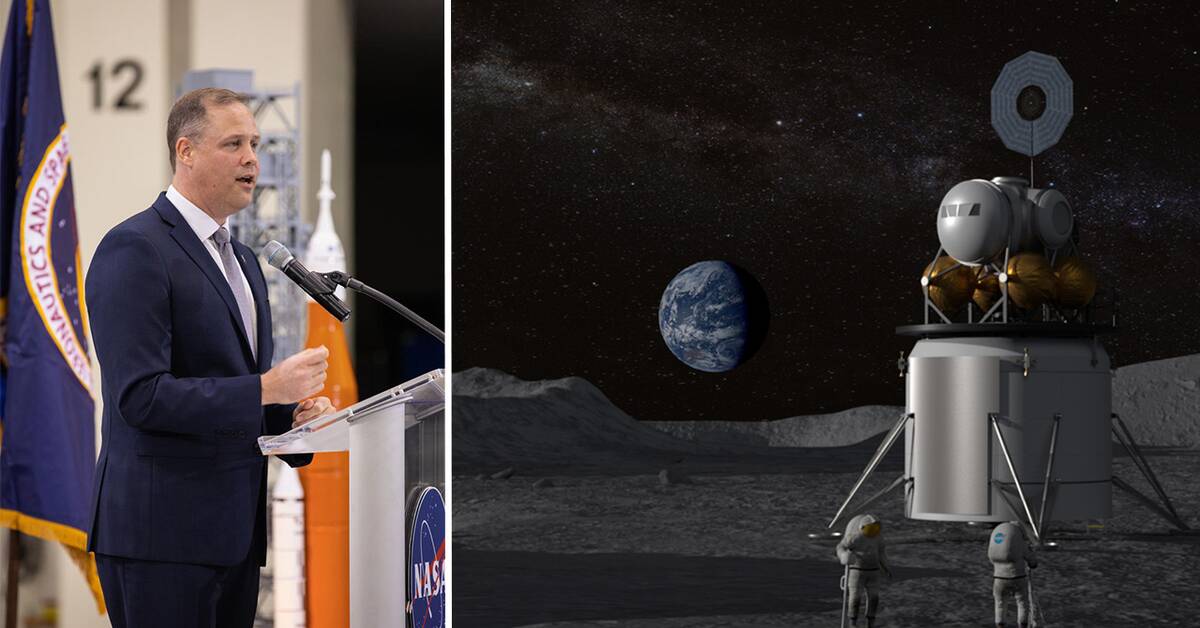Lunar Gateway will be the hot, the new space station that Nasa now plans to build in orbit around the moon.
It will be a space gate, facing the moon and the rest of the planetary system.
- In ten years we will be back on the moon, and this time we will stay.
From the moon, we will then take the next big step to send astronauts to March, said Nasa's chief executive Jim Bridenstine in a speech at the Kennedy Space Center this week.
Water on the moon
From Lunar Gateway, people will be sent down to the lunar surface to live and work for up to seven days in a row.
The purpose is to examine the entire lunar surface.
The space station must be able to move in several different orbits so that the astronauts can also land at the moon's poles.
"There are hundreds of millions of tons of water ice at the moon's north and south poles that astronauts can drink," says Jim Bridenstine.
The world's largest rocket
But for this to become a reality, a completely new type of infrastructure between the moon and the earth is required.
A new rocket is being built, the so-called Space Launch System Rocket.
It will be the largest rocket ever built.
Orion is the name of the new spacecraft that will take humans both to the moon and on to Mars.
Lunar landers, lunar cars and robots will also be built to be used in the exploration of the lunar surface.
Half the budget
The United States now invests $ 10 billion a year to recapture manned space travel to the moon, which is half of Nasa's budget.
Commercial companies and international cooperation will also contribute.
In comparison, NASA's scientific projects receive $ 6 billion, of which $ 2 billion goes to Earth-monitoring satellites for environmental and climate research.
The European Space Agency ESA is involved in the design of the new Orion fleet that will take people to the moon.
But whether ESA will contribute to the Lunar Gateway has not yet been decided.
- ESA primarily focuses on unmanned space projects and research, says Kristine Dannenberg at the Swedish Space Agency.
She is Sweden's delegate in ESA's program council on manned space travel and exploration.
In November, there will be a ministerial meeting for ESA's member states, and then a decision will be made on ESA's direction.
See more about the moon in the film about Apollo 8 - the first revolution around the moon in the World of Science on Monday 18 March on SVT 2 20.00 and on SVT play.

